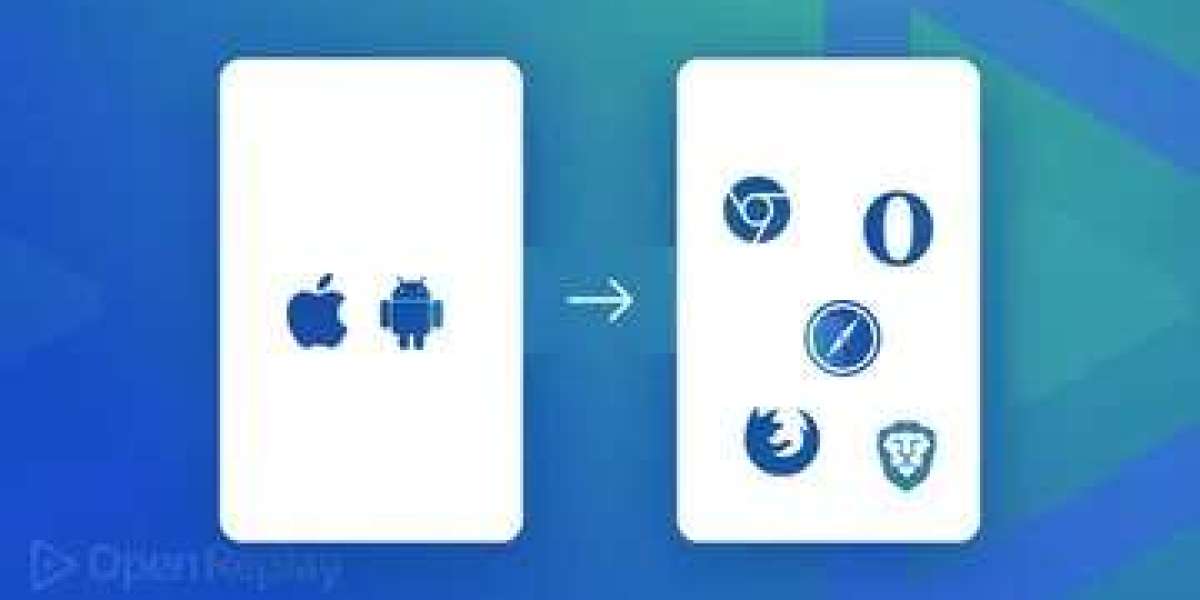In the ever-evolving landscape of software development, staying ahead of the curve is essential. Reactive programming has emerged as a paradigm that not only addresses the challenges of modern applications but also elevates development to new heights. From its foundational principles to advanced techniques, this article will guide you through the journey of mastering reactive programming – from basics to brilliance.
Understanding the Basics:
Reactive programming is an approach that focuses on building systems that react to changes, events, and user interactions. At its core, it revolves around the concept of data streams and the propagation of changes through these streams. Key components include Observables, Observers, and Operators.
1. Observables:
a) Observables represent a sequence of values over time. These values can be anything from user inputs to data fetched from a server.
b) They emit items that Observers can subscribe to, reacting to changes in real-time.
2. Observers:
a) Observers listen to Observables and react to the emitted items.
b) They can be functions or objects that define the logic to execute when the state of the Observable changes.
3. Operators:
a) Operators are functions that transform, filter, or manipulate the data emitted by Observables.
b) They provide a powerful way to work with and process data streams efficiently.
Transitioning to Intermediate Concepts:
Once the basics are mastered, developers often delve into more complex aspects of reactive programming. These include:
1. Schedulers:
a) Schedulers control the execution context of Observables, allowing developers to manage concurrency and parallelism.
b) They play a crucial role in optimizing the performance of reactive applications.
2. Subjects:
a) Subjects act as both Observables and Observers, providing a bridge between imperative and reactive programming.
b) They enable multicast, allowing multiple Observers to subscribe to a single Subject.
3. Backpressure:
a) Backpressure handling becomes essential when dealing with high-frequency data streams to prevent overwhelming the system.
b) Strategies like buffering, dropping, or latest-item selection help manage the flow of data.
Reaching Brilliance with Advanced Techniques:
As developers progress in their journey, mastering advanced techniques distinguishes them as experts in reactive programming.
1. Error Handling:
Handling errors effectively is critical in building robust reactive applications. Techniques like retry, catchError, and onErrorResumeNext ensure graceful error management.
2. Hot and Cold Observables:
Understanding the distinction between hot and cold Observables is crucial for optimizing performance and managing resource consumption.
3. Testing:
Testing reactive applications can be challenging due to their asynchronous nature. Advanced testing techniques and libraries, such as TestScheduler, help ensure the reliability of reactive code.
4. Integration with Frameworks:
Leveraging reactive programming within popular frameworks like Angular, React, or Vue.js can unlock powerful capabilities for building responsive and scalable applications.
Conclusion:
Navigating the world of reactive programming, from basics to brilliance, is a journey that transforms developers into adept architects of responsive and scalable systems. The key lies in grasping the foundational principles, experimenting with intermediate concepts, and mastering advanced techniques. As the software development landscape continues to evolve, reactive programming stands as a brilliant paradigm, offering a dynamic and responsive approach to building the applications of tomorrow. Embrace the challenges, explore the possibilities, and watch your coding prowess reach new heights in the realm of reactive programming.



